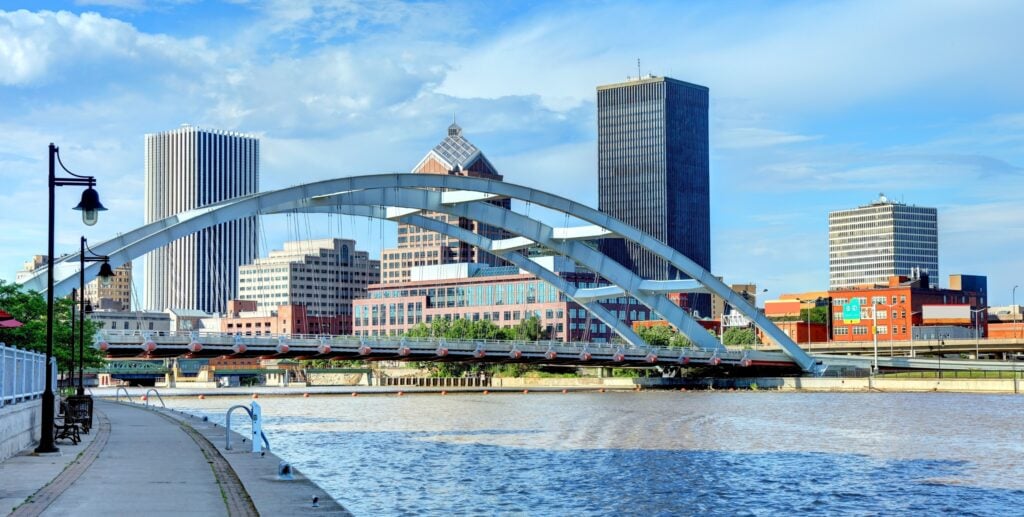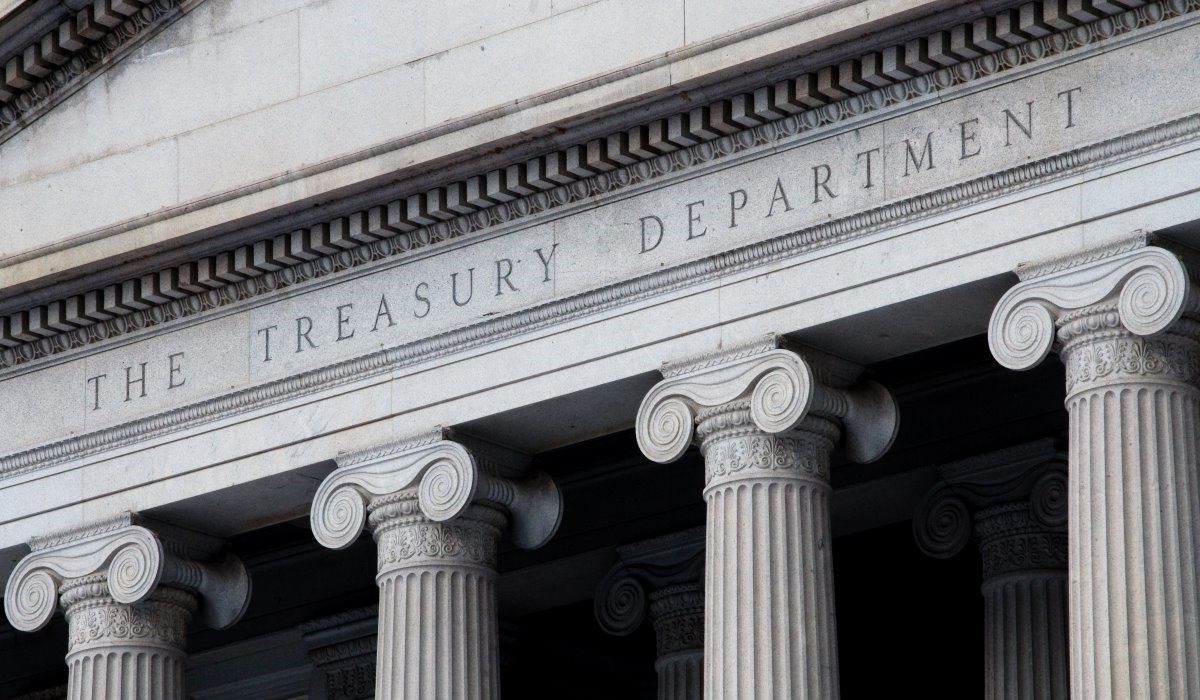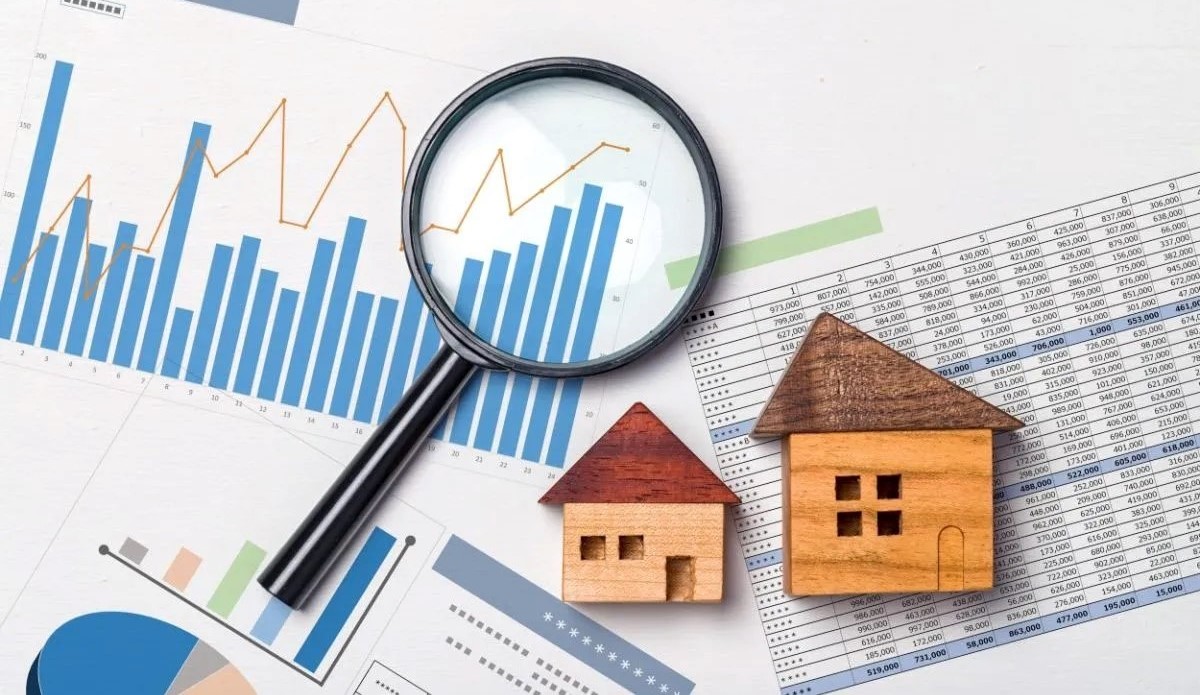The average Aussie home loan size is now roughly equivalent to the annual salary of the Prime Minister, but research shows that soaring number has done little to quell the nation’s appetite for property.
The latest Money Mortgage Insights report has revealed the average Aussie home loan is $642,121, about $35,000 less that Anthony Albanese’s base wage.
Investor loans now average $654,056, an increase of 7.7 per cent, the report said.
Prime Minister Anthony Albanese earns a home loan sized annual salary. Picture: NewsWire /Â Nikki Davis Jones.
Despite this, the annual growth rate in the number of owner occupier loans has jumped from 3.4 per cent to 5 per cent within a single month.
“Despite conversations around Australia’s housing affordability crisis, the increase in loan
numbers suggests renewed confidence in the housing market, potentially driven by recent
lender cuts to fixed rates across multiple products, and predictions that a rate cut is on the
cards in 2025,” Money.com.au’s research and data expert Peter Drennan said.
And two states are leading the way in the rise of owner occupier loans – Western Australia and Victoria – with annual increases of 9 per cent and 7 per cent respectively.
This is compared to the more modest 4 per cent growth seen in New South Wales and Queensland.
MORE: Surf champ Mick Fanning’s house named hottest property
‘Reset’: Major bank flags big change ahead for homebuyers
‘Extraordinary’: Inside rare home on urban island in the streets
Brisbane continues to be popular with owner occupiers and investors. Picture: Brendan Radke
All other states recorded declines in owner occupied loan numbers, the research found.
“Western Australia has been the standout market of 2024, but with Victoria now hot on its
heels, we’re seeing a significant shift in buyer activity,” Money.com.au home loans expert Mansour Soltani said.
“My prediction for 2025 is that as interest rates drop, buyer activity will ramp up again in the eastern seaboard states of NSW, Victoria and Queensland.
“Meanwhile, Western Australia and South Australia, which are becoming saturated markets, may start to stabilise.”
Queensland, however, is winning over investors, overtaking Victoria as Australia’s second largest investor market.
The research revealed that Queensland was the recipient of 23.4 per cent of investor loans this year, 0.4 per cent more than Victoria.
In September, Queensland recorded 4593 investor loans, nearly 700 more than Victoria, in a positive sign for the state’s weary renters.
Nationally, investor loan numbers continue to rise, with an annual growth rate of 19 per cent.
Investor loans are up
Western Australia is leading the charge with a staggering 43 per cent annual growth in overall loan numbers, followed by Queensland and New South Wales with rises of 24 per cent and 20 per cent respectively.
“Property prices in Victoria, particularly in Melbourne, remain more affordable than in
Sydney, attracting more owner occupiers and first home buyers,” Mr Soltani said.
“However, with the highest property tax rates in the country, investors are leaving Victoria in favour of states with lower taxes and lifestyle appeal, like Queensland.”
Investors are leaving Victoria
Notably, the Northern Territory saw a 50 per cent increase in loan numbers in September, with 99 investor loans for the month, up from 66 loans a year ago.
Investor loans in the NT grew 14.3 per cent annually, the research revealed.
“The Northern Territory housing market presents a compelling opportunity for investors,” Mr Soltani said.
“While house prices have remained stable or declined, rental yields, particularly in Darwin,
are among the highest in Australia.”
First home buyer loans have also increased 8 per cent, with steady increases across all states – up 14 per cent in Victoria, 13 per cent in NSW, 9 per cent in South Australia, 6 per cent in Queensland and 4 per cent in Western Australia.
On the flip-side, the number of people refinancing loans has dropped 14 per cent, down to 564,797 this year from a peak of 653,921 in August 2023.
Mr Drennan said that a turnaround was only likely when the cash rate changes, creating more competion among lenders.



















 English (US) ·
English (US) ·